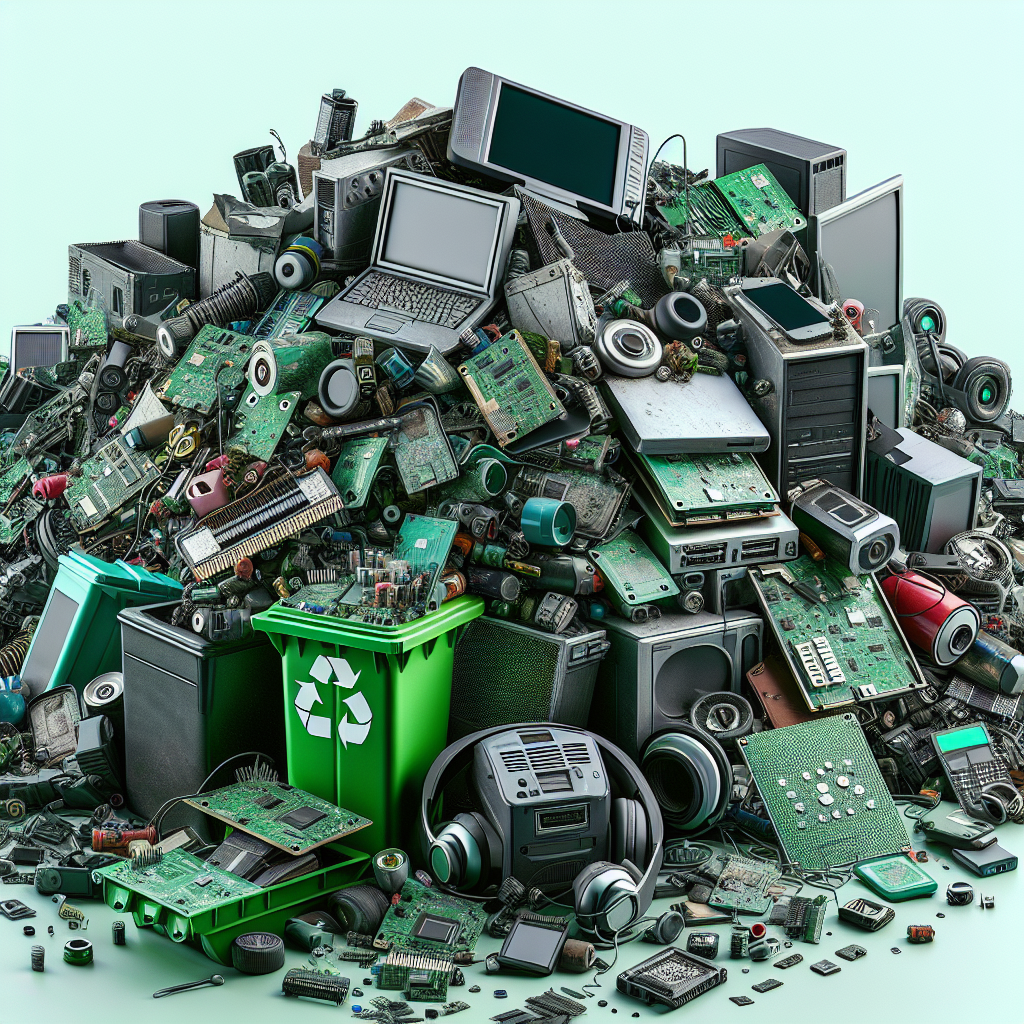Blog Ecobraz Eigre

Technological waste: learn about the main types and how to dispose of it properly
What is technological waste?
Technological waste, also known as e-waste or electronic waste, refers to all discarded electronic devices that have lost their usefulness or functionality. With the rapid advance of technology, the volume of this waste has increased exponentially, making correct disposal essential to avoid environmental impacts and risks to human health.
Main types of technological waste
Technological waste covers a wide variety of equipment, including:
- Computers and notebooks: parts such as monitors, CPUs, keyboards and mice.
- Cell phones and smartphones: obsolete devices, batteries and accessories.
- TVs and audio equipment: tube TVs, LCD TVs, LED TVs, speakers and radios.
- Home electronics: microwaves, blenders, fridges and washing machines.
- Computer equipment: printers, scanners, cables, hard disks and pen drives.
- Batteries and cells: present in various devices, require special attention when disposing of.
Impacts of improper disposal of technological waste
The improper disposal of technological waste can cause serious damage to the environment and public health. Among the main risks are:
- Soil and water contamination: toxic substances such as lead, mercury, cadmium and flame retardants present in electronic components can seep into the soil and contaminate groundwater.
- Health risks: exposure to toxic materials can cause respiratory problems, neurological disorders and even poisoning.
- Waste of resources: many materials present in technological waste are recyclable, such as precious metals which, if disposed of incorrectly, result in the loss of these resources.
Proper ways of disposing of technological waste
To minimize negative impacts, it is essential to dispose of technological waste correctly. Some recommended practices include:
- Reuse and donation: equipment in good condition can be reused by other people or institutions.
- Selective collection and voluntary drop-off points: there are specific places to drop off used electronic devices.
- Specialized recycling: specialized companies and services carry out the dismantling and recycling of electronic components, ensuring the reuse of materials and the safe disposal of toxic waste.
- Disposal of batteries and cells: should be done at specific points to avoid environmental contamination.
Tips to reduce the generation of technological waste
In addition to proper disposal, it is important to adopt attitudes to minimize the production of technological waste, such as:
- Keeping devices up to date and well cared for: to extend the life of the equipment.
- Preferring to repair rather than replace: maintenance is often a viable and sustainable solution.
- Conscious purchasing options: purchase products from brands with a commitment to sustainability and collection programs.
Conclusion
Technological waste is a growing challenge that requires everyone's attention. Knowing the types of equipment that make up this waste and adopting appropriate disposal methods are essential steps to protect the environment and health. Conscious and informed attitudes can transform the impact of e-waste, promoting sustainability and the circular economy.

Deixe um comentário
O seu endereço de e-mail não será publicado. Campos obrigatórios são marcados com *